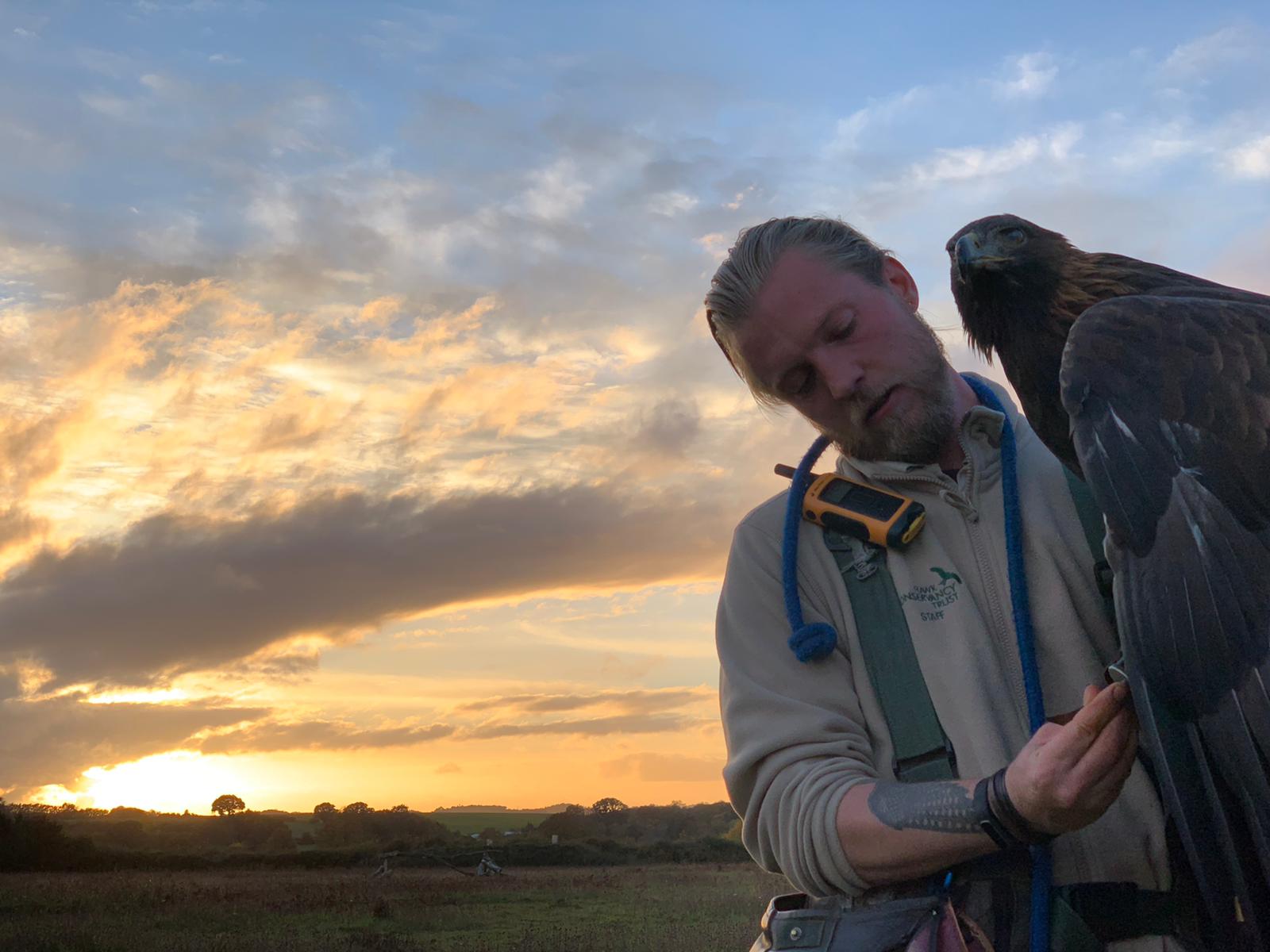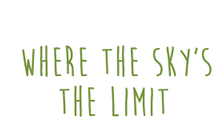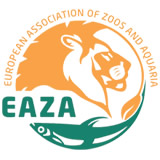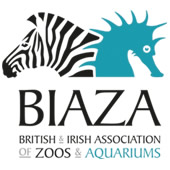Whilst we look forward to being open again and welcoming you back, we have taken a moment to look back on the past months when we’ve been flying our winter season team of birds and whom many of you won’t have had a chance to see in action this season. Saxon, our stunning Golden Eagle, has been working with Matt Williams from our Bird Team this winter so we’ve caught up with him to find out how her flying season has gone:
“I have been so fortunate to be the main person working with Saxon this winter, as one of my all-time favourite birds! She usually flies each year during our winter programme, as part of our British Bird Encounter. Some of you may have been lucky enough to see her fly during this winter season during the brief periods when we were able to open. However, we have continued to fly her for the whole season.
Saxon joined our team at the Trust when she was already over 20 years of age, which can make learning new things a little trickier. She’s a wonderful bird to work with and whilst she saunters around Reg’s Wildflower Meadow showing off the majesty of her species, Saxon is sure to keep her aerial antics fairly close to home.
This year has been no different and when a strong gust of wind or a moment of inspiration take her into neighbouring fields, she musters the energy to battle the elements and get back to the meadow as a priority. Of course, she wears GPS telemetry which tells me her exact location at any given moment but still, I have every confidence in her that she has no desire to wander. We have had good numbers of Red Kites visiting the meadow this winter and they often like to make their presence known to our larger birds. Fortunately for Saxon, she is undeterred and always has the option to return closer to home if they start to become tiresome.
She will soon move into an aviary to rest for the summer, as she does each year and I will miss seeing her on the wing but I know that she benefits from the opportunity to moult and re-grow feathers and she will be ready to go again when the colder weather returns. Until then we can all stop by her aviary to say hello and marvel at one of our most beautiful native species, while she casts her eye over us.”
Matt Williams
Bird Team











